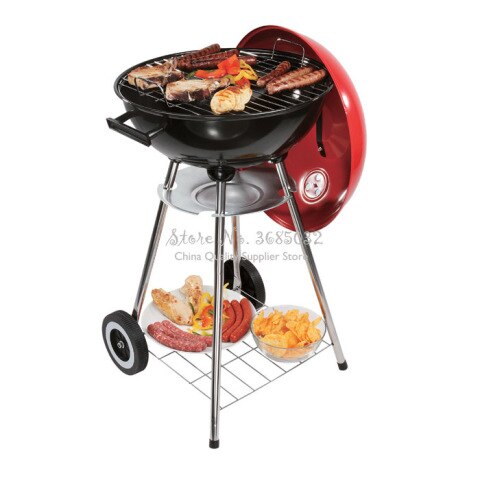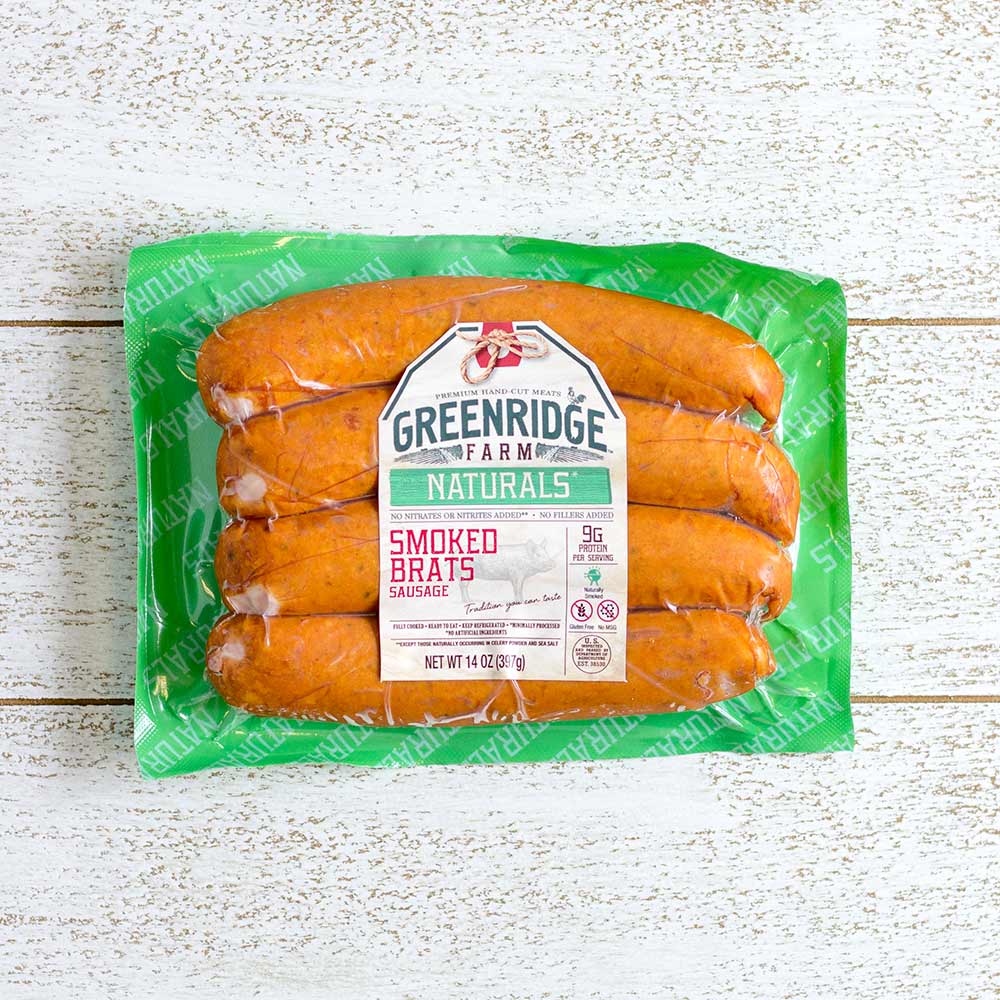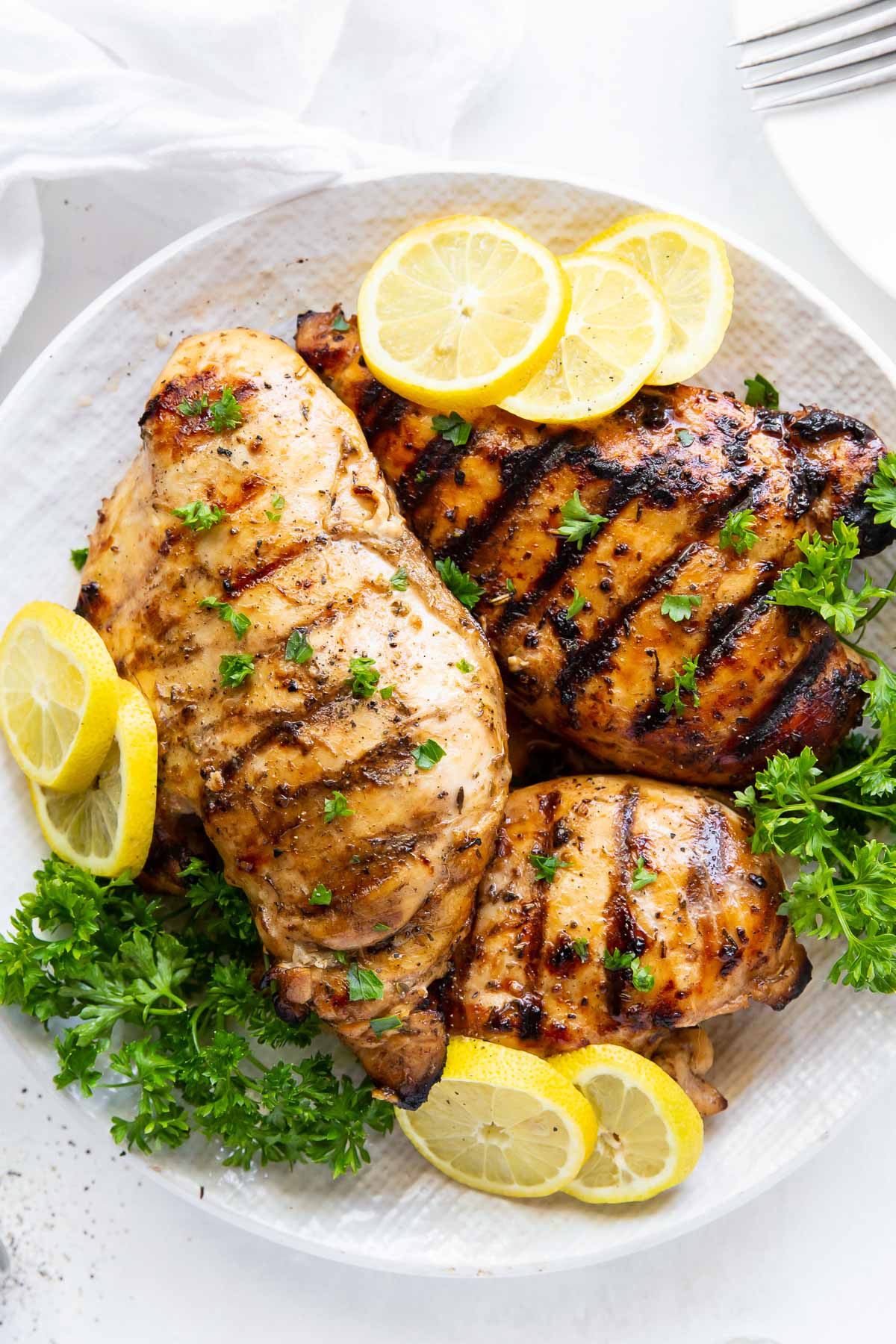
You will need to get rid of the bones before you can smoke your prime rib. You can do this by carefully slicing the bones with a knife. Or, you can hire someone to do it. Then, you'll need to trim away the excess fat, cartilage, and meat. For serving purposes you can use paper frill cap. Butchers typically remove all of the fat before smoking.
How to cook a prime Rib
Smoked prime rib is the perfect addition to any holiday meal. The flavor and tenderness of prime rib will be a treat for anyone and is a surefire way to impress your family and friends. However, it's important to know how to cook a prime rib after smoking. Here are some tips. When cooking a rib roast, start by checking its temperature. If the meat is too rare, you can roast it at 120-125degF and then transfer it to 130-139degF. 140-145degF marks medium doneness. Wrap the prime Rib in aluminum foil, and let it rest for approximately 30 minutes. To reverse sear the meat you should remove it from your smoker 10 degrees below the desired doneness. Remove the roast from the smoker and cover it loosely with aluminum foil.
It is best to cook ribs at around 225 degrees Fahrenheit. But, extreme temperature swings can cause uneven cooking. For this reason, you should use a high-quality meat thermometer to check the internal temperature of the ribs. You can monitor the temperature of your ribs throughout cooking by using a remote probe meat thermometer. If the temperature does not reach the desired level, take the ribs out and let them cool down on the counter for at most two hours.
Choose a prime rib that is thick and moist. Choose the highest-grade meat, one that's grown organically, and comes from sustainable ranching methods. It's also possible to have it done by yourself. A butcher will remove the bones, trim any fat and tie up the ribs if required. You'll need to choose either a larger or smaller prime rib roast depending on what size you select.
Choose a wood for smoking
There are many wood types that can be used to smoke prime rib. Each type has its own flavor. You should combine two or more to get the best flavor. Combining woods can give you a stronger, smoky taste. Hickory is known for its rich, smoky taste. Cherry and Pecan are milder. Hickory is the best for smoking prime-rib. However, it can be used by itself to bring out a lot more flavor.
For a classic BBQ flavor, mesquite or hickory are good options. However, if you prefer a light smoke, try applewood or black cherry. Although hickory or applewood are great woods for smoking prime Rib, they don't make the best choices for chicken. Choose a smoker that is able to produce the flavor you desire and is designed for ribs.

Oak is a popular choice for smokers. It has a light smoke flavor. This wood is great because it can be smoked quickly and does not require much wood. You can adjust the temperature and flavor by adding oak wood in small quantities. It is possible to try other woods before you decide which one is best for you.
Carve a prime rib
If you follow these steps, carving a prime rib to smoke is easy. Begin by removing the chinebone and rib bones of the bottom roast. This will allow the juices of the roast to redistribute the heat and normalize temperature gradients. During rest the meat will continue to rise about 5 degrees F. Use a meat probe to gauge the temperature of the pull.
After carving the prime Rib, wrap it in aluminum foil for at most 20 minutes. The internal temperature of the prime rib should reach between 125-130 degrees F. This is approximately 5 degrees lower than what is required for Medium Rare. Prime ribs will cook faster once they are removed from the grill. Allow the meat to rest for a while before you cut it. To avoid the meat being too cut, it is best to use an extremely long and thin knife.
Smoke a prime Rib using indirect heat. Smoke the prime Rib for 30 minutes per pound. Add wood to give the meat a fire-flavored flavor. Light fruitwood will not overpower the meat. Once the roast is cooked, rest it for an hour or two before carving it. It will cook evenly if it is room temperature.
Leaving a thin layer of fat on a prime rib
Ask your butcher to trim excess fat when buying prime rib. It gives the meat flavor and allows it to cook evenly. You can reduce the fat to 1/4 inch. It is important to not completely remove the fat as it can reduce the flavor and texture of the meat. It's easy for people to mistake a primerib for a Prime Rib, but USDA grade makes it easier identify prime ripe meat.
Before smoking your prime rib, remove the fat cap. This will make the meat tenderer and more moist. The next step is seasoning the meat with salt, and a prime-rib rub. While this is not a necessary step, you may want to use a salt brine to help it smoke. This is a common mistake made by many smokers. This is a common mistake that can ruin the flavor and texture of prime rib.
You can make perfect smoking prime-rib by removing the fat layer and the silverskin. This layer is made up of connective tissues that have a silvery sheen. It's not edible, but this layer prevents meats from falling off of the bone. Although many prefer to remove the silverskin from the final product, it will improve the texture.
Adding au jus
A classic way to enhance the beefy flavor of a prime grilled rib is to add au jus. Here are some ways to make the sauce. First, make a small sauce pan with beef broth. Whisk the flour with the broth until it clumps together. Stir in the beef broth and wine until the mixture is the right consistency.

Once the meat is done, allow it to rest for at least 2 1/2 hour before serving. Place the meat on a cutting board. Then, cover it with foil. For large parties, you can opt for a larger roast and serve it alongside a favorite side dish. Remove the prime rib from its smoking pan. Let it rest for at most 30 minutes before serving. Make the au jus sauce during this time.
Add au jus to your prime rip smoker: This au jus recipe is the perfect way make the best barbecue sauce. When the beef is allowed cool to absorb its juices, it will do so. It can result in a lot of juice if the beef doesn't cool completely. It's crucial to let the beef rest for 30 minutes before you cut it. This will ensure that it remains tender and juicy.
Preparation for smoking a prime rib
These steps will make smoking prime rib easy. First, you will need to season the rib up to four days before you start cooking it. This seasoning creates a dry, briny marinade for your meat. The next step is to let the rib rest for at least 20 mins before smoking it. You will then need to choose a wood to smoke your prime rib. To ensure the meat doesn't taste too strong of smoke, it should be medium-smoking.
Decide how rare you prefer your prime rib before you smoke it. A rare roast should only take 35 minutes per pound. A medium roast should take around 40 minutes. For the final 15 minutes, heat up to high. Medium-rare roasts should reach 145-145 degrees F. You can then remove the smoker from the flame, cover it with aluminum foil and allow it to rest for 30 minutes.
Once it's smoked you can prepare the sides. You will need a plate to serve it. It's a great way to appreciate the meat's rich flavor. If you want, you could also add some mashed potatoes (such as Herb Garlic Mashed Potatoes), to the meat. Then, add some extra herbs and spices for the perfect dish. A digital thermometer will be required to cook the meat.
FAQ
How to become a chef
There are many paths to becoming a chef. Begin by enrolling at a community college. You can then look into going to culinary school. Finally, consider a paid internship.
Which career path is best for someone who wants a career as a chef or chef? How do I get started as a chef?
An apprenticeship is a good way to start your career as a chef. Apprenticeships are a way to earn a living while you learn. After you complete your apprenticeship, it is possible to apply for a job as a sous-chef. Sous chefs supervise cooks and assist them with tasks like making salads and desserts. They also oversee the entire operation of the restaurant.
How long does learning to cook take? How long do I need to learn to cook?
It all depends on what level of skill you have. Some people are able to learn basic cooking skills in a matter of days. Others may take months or years to master the basics of cooking.
The time it takes to learn how to cook will vary depending on who you are. An example: Someone who has never cooked before may need more time than someone who makes regular meals. Different types of cooking require different amounts of experience. Baking is more difficult than frying.
You should learn a particular technique to improve your cooking speed. You can then move on to the next technique once you have mastered it. You don't need to worry about how many days or weeks it took to learn how to cook. Keep practicing and enjoying the process.
How do I get hired as a chef?
You must complete a degree in culinary arts to be able to apply for a job at the table as a professional chef. You can then join a professional group such as ACF. This association offers certification exams as well as networking opportunities.
How can I cook like a professional?
Cooking is a great way to improve your life. Being able to cook healthy food is a great skill to improve self-confidence. Start cooking at home if you want to learn how to cook. Finding out your favorite recipes is the first step. Next, you should read books on different cuisines, like Mexican, Chinese, and Italian. Finally, try making different dishes until it becomes second nature.
What are my options for learning about cooking?
There are numerous cooking classes offered across the country. There are many schools that offer courses in pastry, baking, and wine tasting. A local community college, vocational school, or private institution can offer classes in cooking.
Statistics
- The median pay for a chef or head cook is $53,380 per year or $25.66/hour, according to the U.S. Bureau of Labor Statistics (BLS). (learnhowtobecome.org)
- In the United States, the category is estimated at $23.2 billion annually and is growing faster than the market. (washingtonpost.com)
- On average, chefs earn $58,740 a year, according to the BLS. - learnhowtobecome.org
External Links
How To
How to make a perfect eggroll
Omelets have always been a favourite food to eat for breakfast. But how do they turn out so perfectly? There are many recipes and methods I tried, but none worked. I have some tips and tricks to help you make delicious, fluffy omelets every single morning.
When making omelets, it is important to be aware that eggs can be temperamental. You must get them fresh, organically, and keep them cold until you cook. If they are not kept cold enough, the whites won’t form properly. The yolks will also break down too quickly and become runny. This can make your omelets look bizarrely colored. If you want to make omelets right away, it's best not to use eggs that are too cold.
You can also separate the egg before you add it to the pan. You don't want the white to get mixed with the yolk, as this could cause the egg to curdle.
The bottom part of an egg that is added directly to the stovetop might be burned, which could cause a ruined texture in your omelet. Instead, heat the egg for 10 seconds in the microwave before placing it in the pan. The microwave heat is sufficient to cook the egg without overcooking.
Next, let us talk about how to mix the eggs. When mixing eggs, it is important to thoroughly beat them. Turn the bowl upside down and grab the whisk to do this. Then shake the bowl vigorously. The egg will be thoroughly mixed in the bowl as the air is whipped.
Now comes the fun part - pouring the milk into the mixture. Fold the eggs in the milk mixture by first pouring half of it into the egg whites. You don't need to worry if streaks remain. They will disappear once you flip your omelet.
After folding the eggs, place the pan on medium heat and wait for the oil to start sizzling. Once the oil starts getting hot, add 1/4 cup of butter to the pan and swirl it around to coat the entire surface of the pan. Carefully open the pan's lid and add salt to the pan. A pinch of salt will prevent your omelet from sticking in the pan.
Once the omelet has formed, cover the pan again and wait for the top side to set completely. Use a spatula to flip the omelet or turn the pan upside-down. Cook the other half for another minute. Remove the omelet from the pan and serve immediately.
This recipe works best with whole milk, but skimmed milk also works.